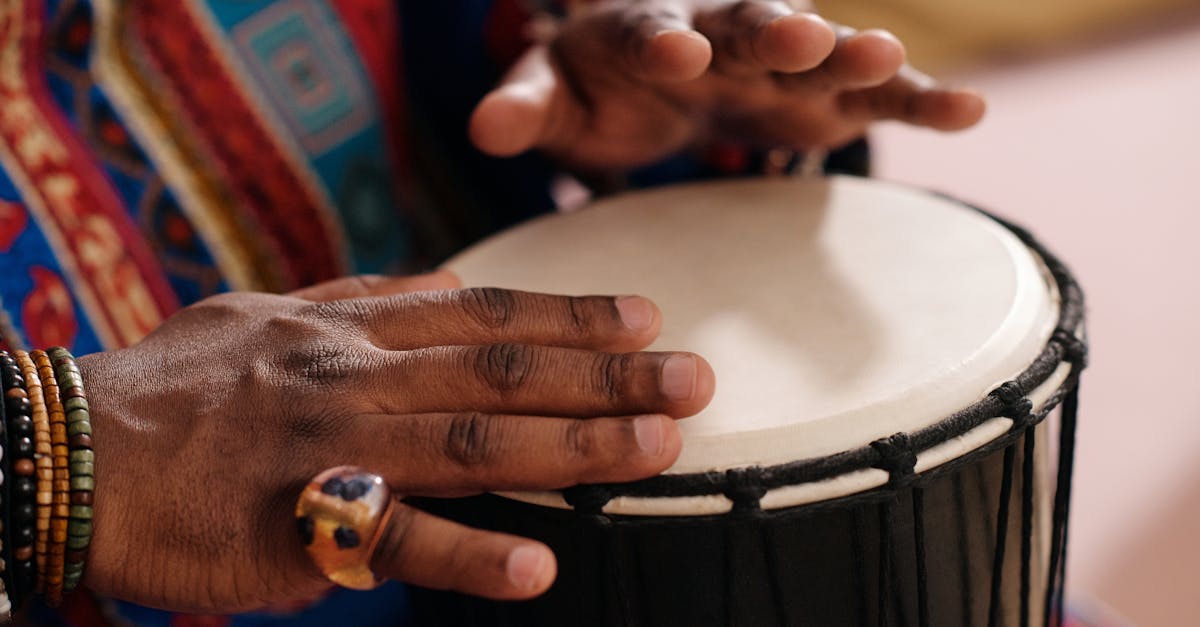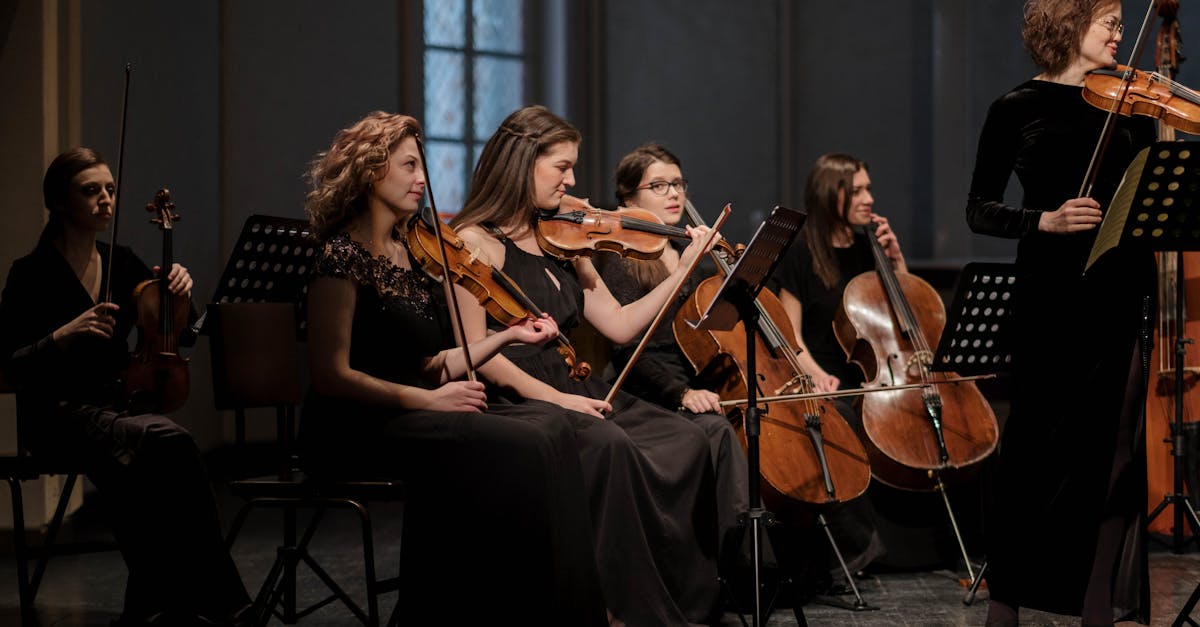Harmonic Globetrotter Unveiling Global Melodies
Introduction to Global Melodies
Music is a universal language that transcends borders and brings people together from all walks of life. Yet, each region offers its own unique melodies, rhythms, and harmonies, reflective of its culture and history. The term 'harmonic globetrotter' references the journey through diverse musical landscapes around the world. From the soulful tunes of Africa to the intricate melodies of the Middle East, each genre tells a story of people, traditions, and their individual quests for expression. As technology connects the globe, these sounds are transported to new audiences, fostering appreciation and inspiration. The journey of unveiling global melodies is an exploration of both sonic and cultural identities.
Advertisement
African Rhythms
African music, with its pulsating beats and communal rhythms, forms the backbone of many global music genres. Traditionally, African music encompasses a wide array of instruments like the djembe, kora, and mbira. These instruments are often used in conjunction with oral storytelling, making music a critical component of social ceremonies. The influence of African rhythms is evident in popular music genres like jazz, blues, and funk. They bring a rawness and an intrinsic energy that resonates worldwide. With globalization, African artists collaborate with musicians across the globe, bringing fresh sounds to traditional melodies.
Advertisement
Asian Melodies
In Asia, music is heavily intertwined with cultural and spiritual practices. The mellifluous tunes of the Indian sitar, the haunting harmonies of Chinese erhu, and the intricate rhythms of Japanese taiko drums offer a vast spectrum of sonic experiences. These musical forms often involve complex theoretical frameworks, reflecting deep philosophical teachings. Each country within Asia showcases unique styles, yet they commonly share a sense of balance and serenity. The infiltration of these melodies into global music scenes adds an exotic flair and encourages cross-cultural collaborations.
Advertisement
Middle Eastern Harmonies
Middle Eastern music, with its distinct scales and intervals, offers an evocative yet hypnotic sound unlike any other. The oud, ney, and qanun drive the region’s musical identity, deeply connected to its rich history and cultural nuances. The use of microtones and improvisation stand out as key features, tantalizing music enthusiasts across the globe. Over centuries, Middle Eastern sounds have mingled with adjacent cultures, particularly influencing traditional Western music. Today, they continue to inspire artists and captivate audiences far from their origins.
Advertisement
Latin American Sounds
Latin America is a melting pot of cultures, resulting in a vibrant musical tapestry. Genres such as salsa, tango, samba, and reggaeton reflect a synthesis of indigenous, African, and European influences. Each offers distinct rhythms and upbeat energies, capturing the joyous spirit of the region. Instruments like the bandoneón, maracas, and bongos create the infectious grooves that characterize Latin music. With the boom in digital platforms, Latin American artists are embracing global opportunities, further cementing their place in the worldwide music scene.
Advertisement
European Classical Influences
European classical music's contribution to global melodies is undeniable, having shaped the foundation of Western music theory. With iconic composers like Bach, Beethoven, and Mozart, the region set in motion a musical tradition revered for its complexity and emotional depth. From orchestral masterpieces to intricate chamber pieces, classical music provides a wellspring of inspiration, influencing contemporary genres. Modern European artists continue to reinvent these traditions, merging classical elements with popular styles to create fresh, innovative sounds.
Advertisement
Oceanic and Indigenous Tunes
The rich musical traditions of Oceania, including Australia's Aboriginal music and the nuanced chants of the Pacific Islands, play a pivotal role in preserving the cultural identities of indigenous peoples. These sounds often incorporate natural and environmental elements, using instruments like the didgeridoo and conch shell. While historically less exposed to global audiences, there's a growing interest in these traditional sounds. World music festivals and collaborations give these rich musical heritages the platform they deserve, fostering understanding and appreciation.
Advertisement
The Role of Technology in Music Diffusion
Technology has revolutionized the accessibility and spread of global melodies, enabling listeners to discover music from every corner of the world with ease. Streaming services provide platforms for diverse artists to reach wide audiences, breaking geographical barriers. Social media amplifies this reach, allowing musicians to share their work and engage with fans directly. Collaboration across borders has become increasingly commonplace, with artists jointly exploring new rhythms and sounds. This technological evolution empowers local musicians while enriching the global music tapestry.
Advertisement
Cross-Cultural Collaborations
Beyond technology, cross-cultural music collaborations are enriched by a shared understanding and respect for diverse musical traditions. Artists worldwide fuse their distinctive sounds, creating a synergy that celebrates diversity and innovation. These partnerships bring fresh perspectives, from fusion and hybrid genres that blend traditional elements with modern beats. Such collaborations foster dialogue, bridging cultural divides and promoting mutual appreciation. As barriers continue to dissolve, cross-cultural music can be a powerful ambassador for peace and unity.
Advertisement
Conclusion and Future Prospects
The journey of a harmonic globetrotter is an ever-evolving exploration of global melodies, celebrating the diversity and richness of musical traditions. These sounds stir our souls, foster cultural exchange, and inspire creativity. As technology advances and collaborations increase, the world will witness even more eclectic and innovative combinations. In embracing and understanding these diverse melodies, we promote a global culture of unity and harmony. The future of music is one without borders, where each beat and every melody contributes to a comprehensive global symphony.
Advertisement







